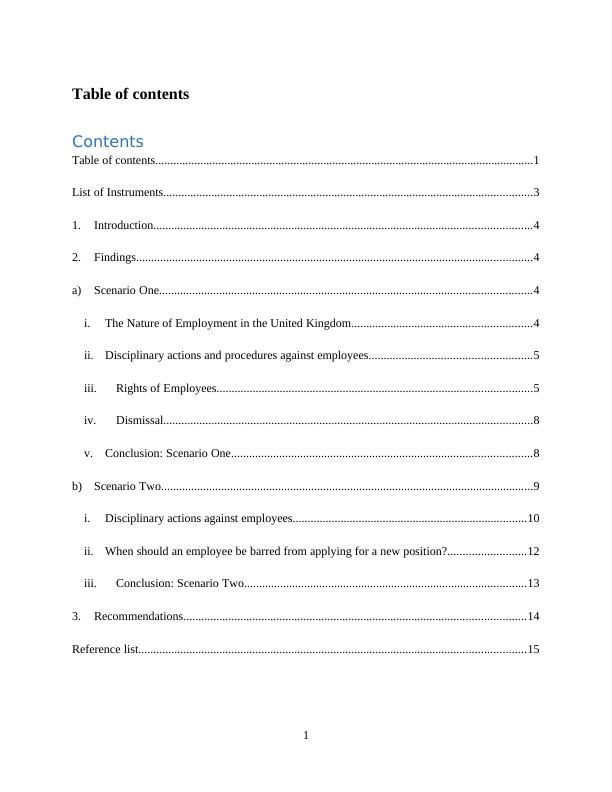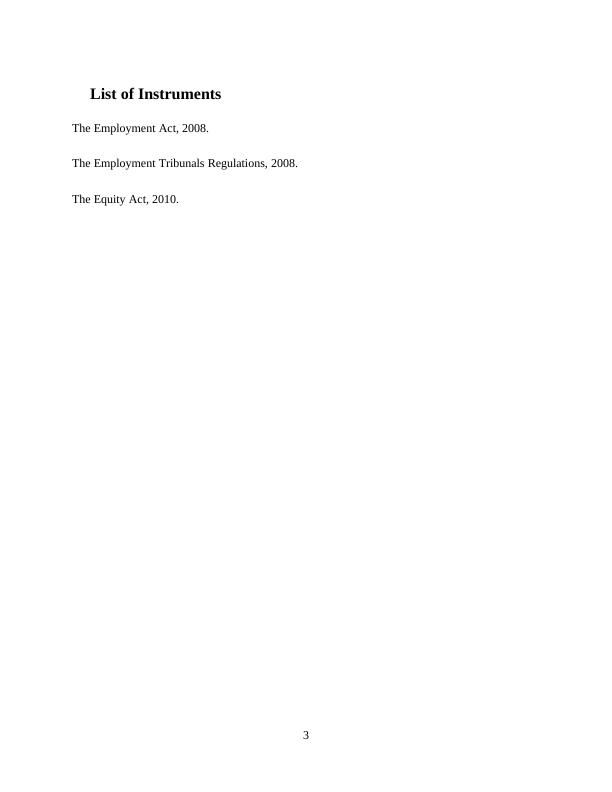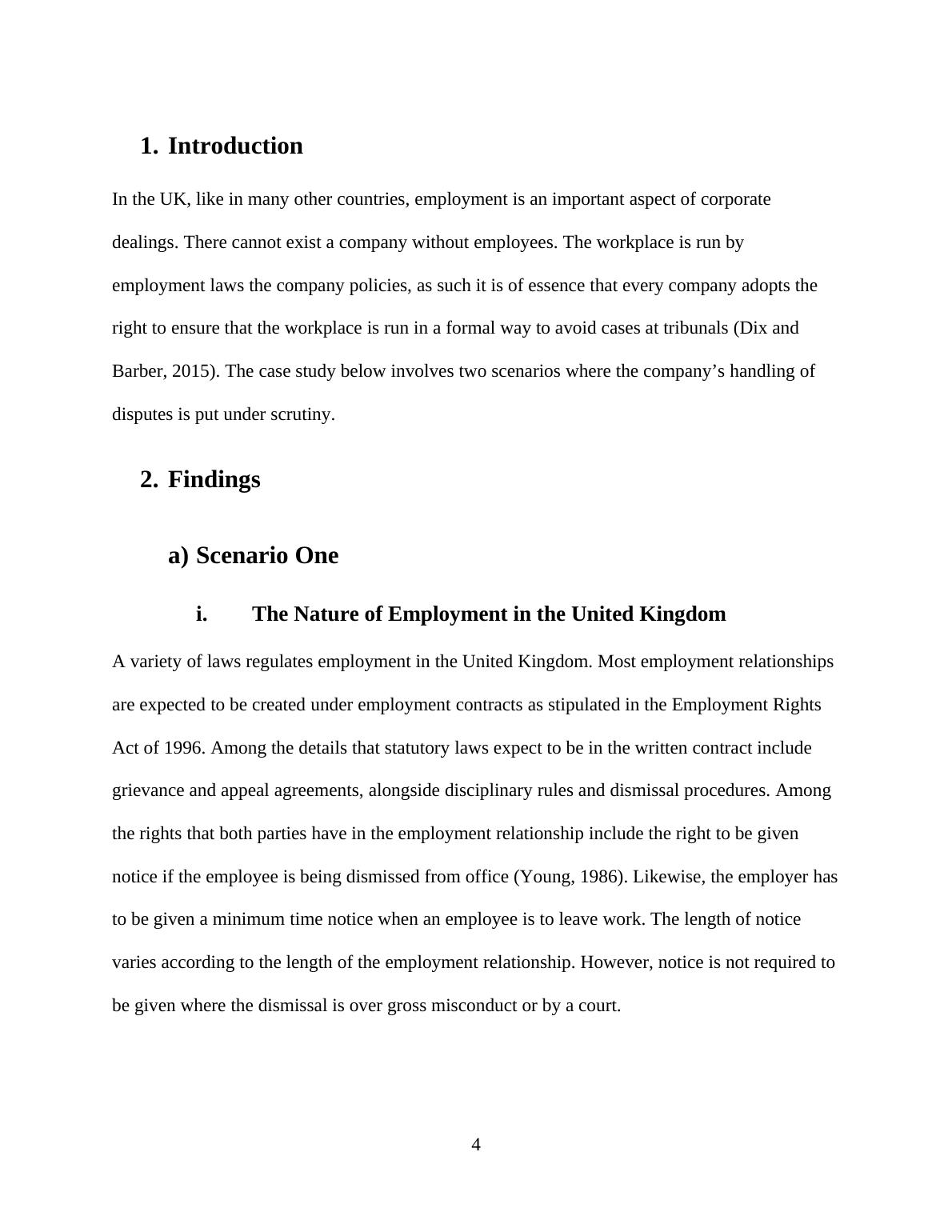The Nature of Employment in the United Kingdom
Write a 3,000-word coursework on employment law, focusing on case scenarios of a medium-sized organization and providing advice on disciplinary actions, employee rights, and dismissal procedures.
17 Pages4343 Words23 Views
Added on 2022-09-12
The Nature of Employment in the United Kingdom
Write a 3,000-word coursework on employment law, focusing on case scenarios of a medium-sized organization and providing advice on disciplinary actions, employee rights, and dismissal procedures.
Added on 2022-09-12
ShareRelated Documents
End of preview
Want to access all the pages? Upload your documents or become a member.
Business and Employment Law - Assignment
|11
|2723
|77
Employment Laws: Regulations, Contracts, Discrimination, and More
|18
|4405
|417
Employment Law in UK (Doc)
|11
|2573
|33
Report On Case Laws & Legislation | Kitchen Furniture Co Ltd
|13
|3798
|352
Employment Law Advice for Employees: Understanding the Rights and Provisions Regarding Dismissal
|7
|1369
|423
Unfair Dismissal Law: Requirements for Capability and Misconduct Issues
|4
|735
|393




